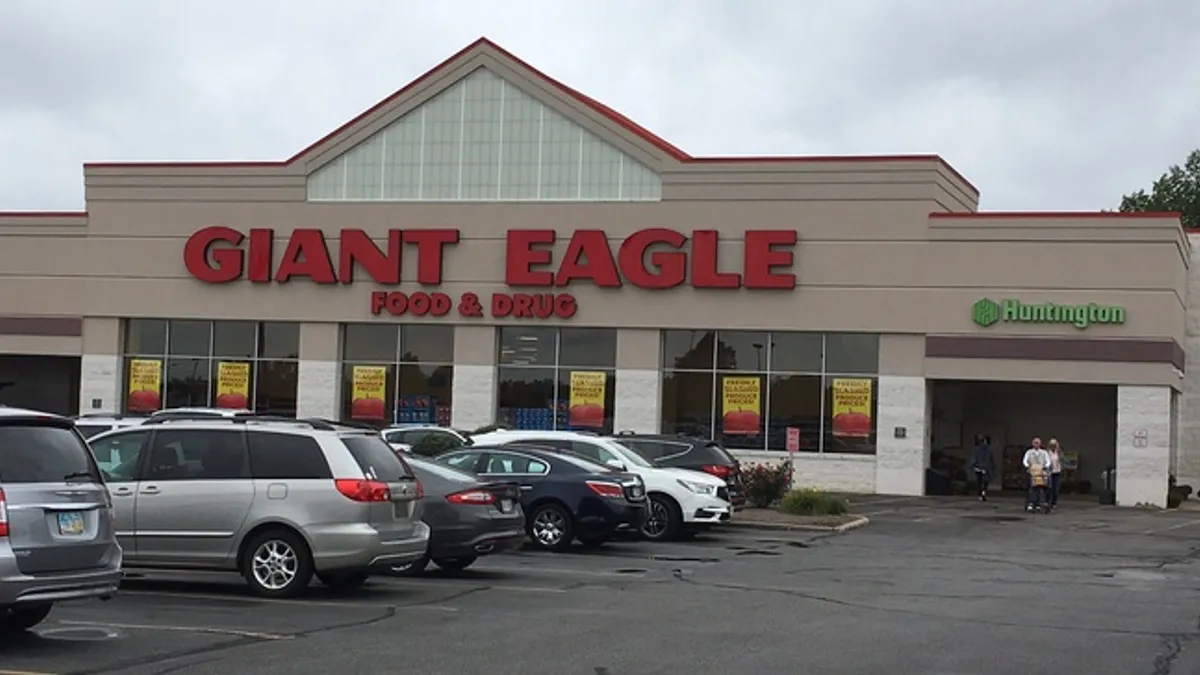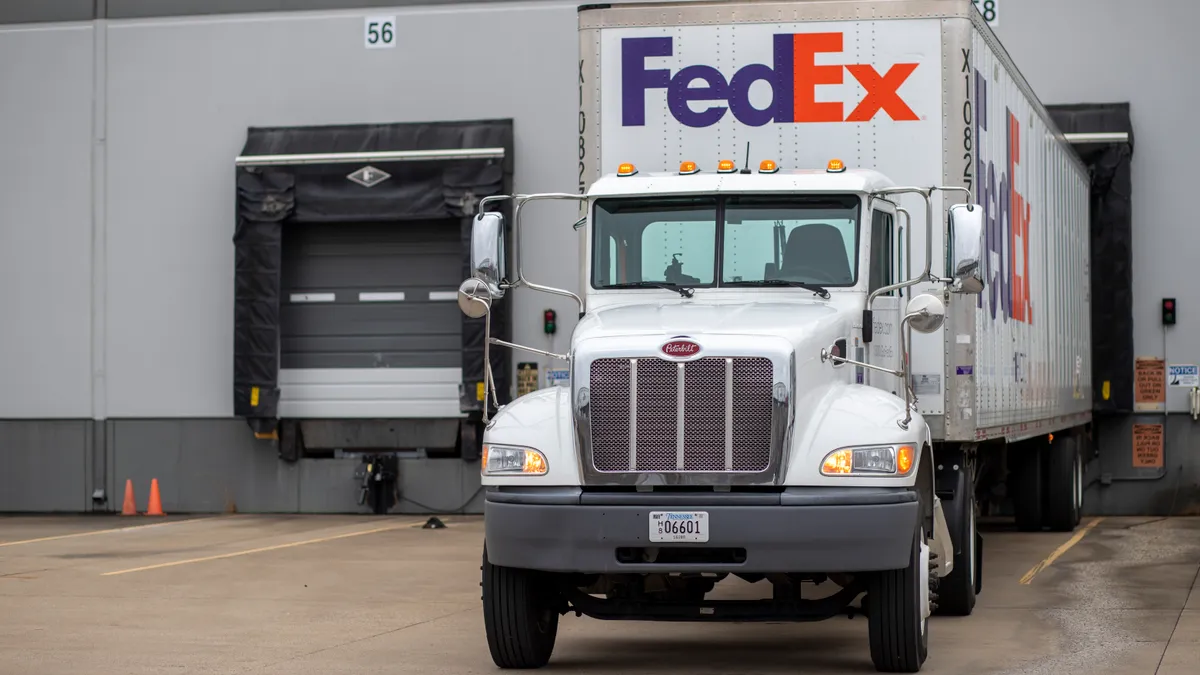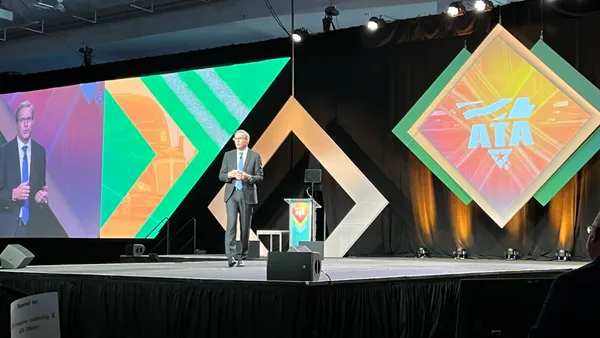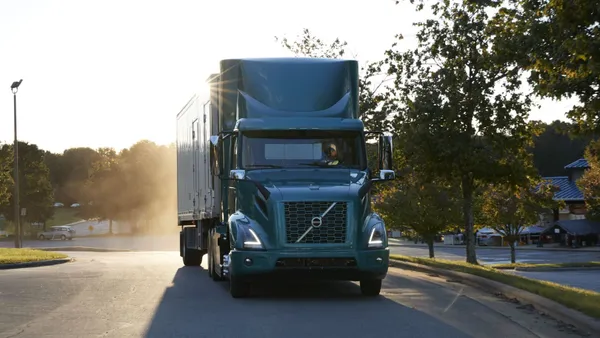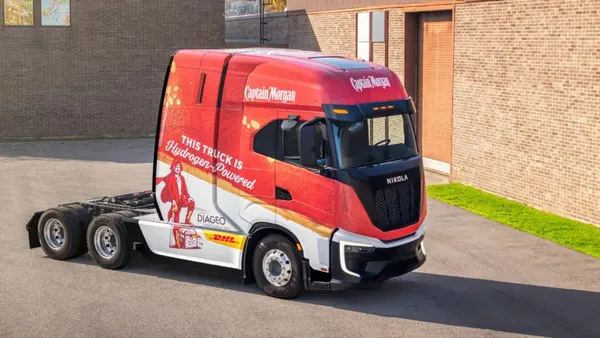Dive Brief:
- Giant Eagle plans to spend $100 million over the next decade to fuel progress in areas like alternative energy for its transportation fleet, negative emissions technologies and energy-efficient store fixtures, according to a press release last week.
- The spending plan covers a full conversion of its 200-plus truck fleet to alternative energy sources and investments in areas like energy-efficient building materials, green power purchasing agreements and negative emissions technologies, such as carbon capture and soil sequestration.
- The grocer is aiming to achieve net-zero carbon emissions by 2040 and has set an initial target of halving its carbon dioxide output by 2030.
Dive Insight:
With its $100 million investment over the next decade, Giant Eagle aims to update its store and sourcing operations in ways that are key to achieving net-zero carbon emissions.
The pledge covers electricity, refrigerants and fuel use across its stores, corporate offices and support centers, as well as throughout its supply chain operations, according to the announcement.
In addition to its latest commitment, Giant Eagle is laying out companywide sustainability changes. In 2019, the grocer announced its plan to eliminate single-use plastics — including plastic bags — from its operations by 2025. It is also remaking packaging across its private label products, including using biodegradable compressed recycled paper with its Great to Go meal kits.
Over the past eight years, Giant Eagle has reduced carbon dioxide emissions by 22%, achieved through steps like installing more energy-efficient lighting, heating and cooling systems. Currently, 70% of the grocer’s truck fleet runs on alternative energy sources, the announcement noted.
Across the industry, grocers are setting wide-ranging sustainability goals that have the dual advantages of increasing efficiency and aligning with consumer preferences. Amazon plans to be net carbon neutral by 2040, while Ahold Delhaize looks to cut carbon emissions by 50% from its stores, distribution centers, operations and offices by 2030.



